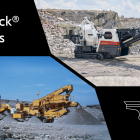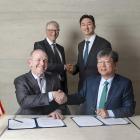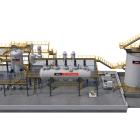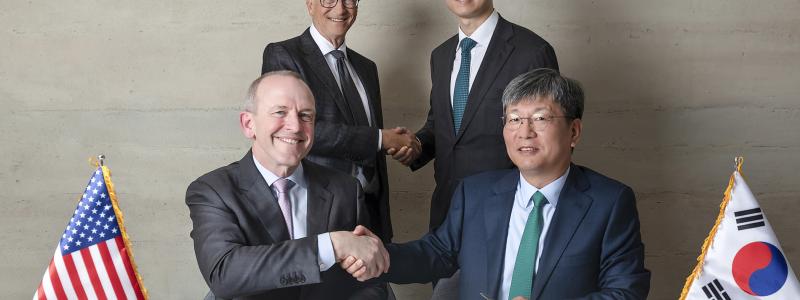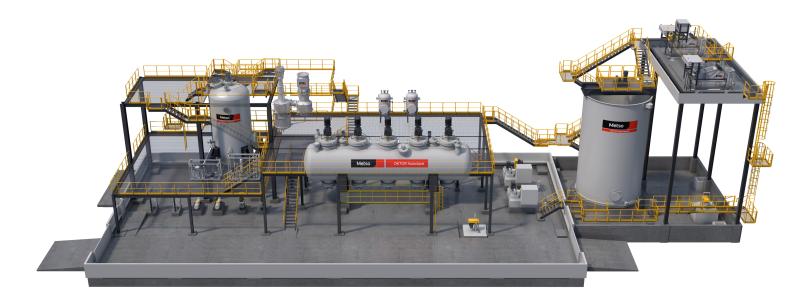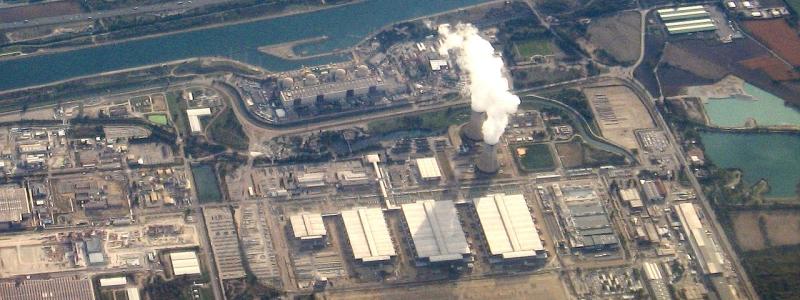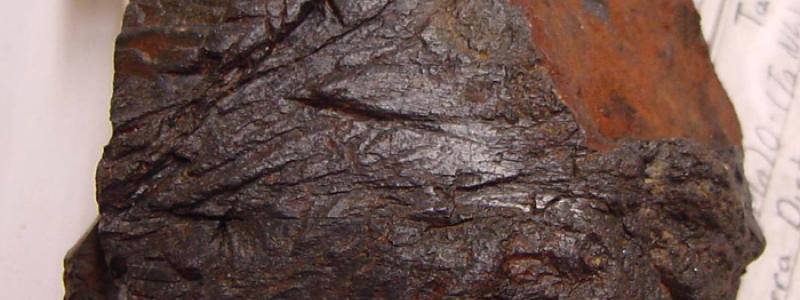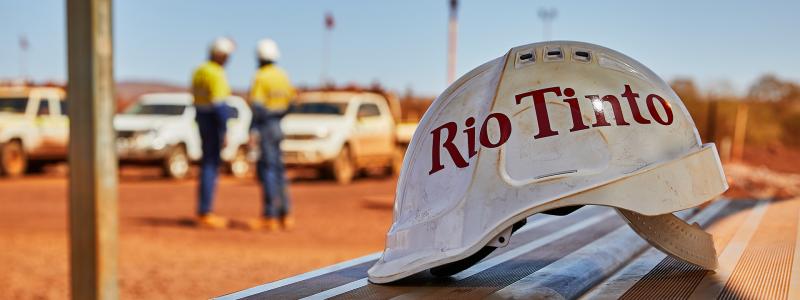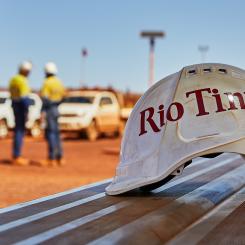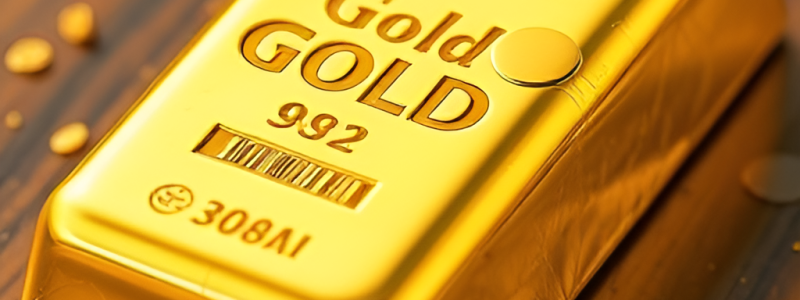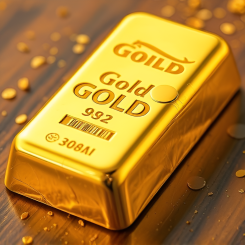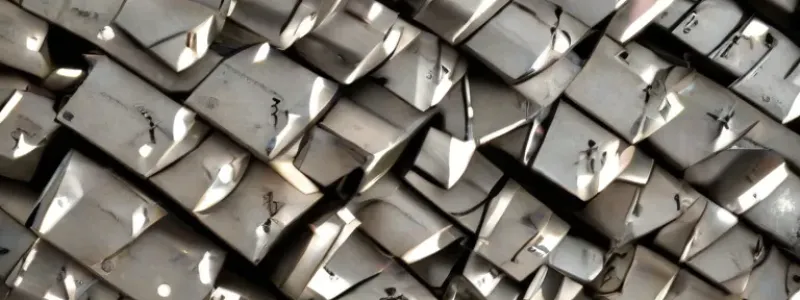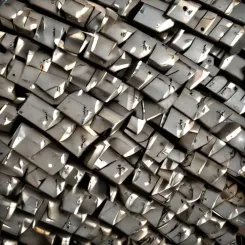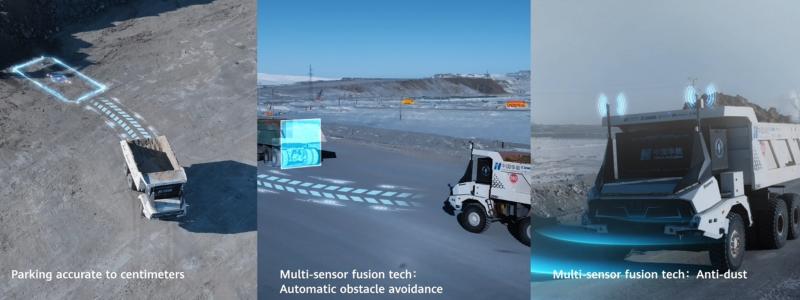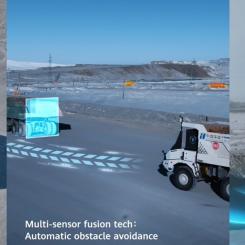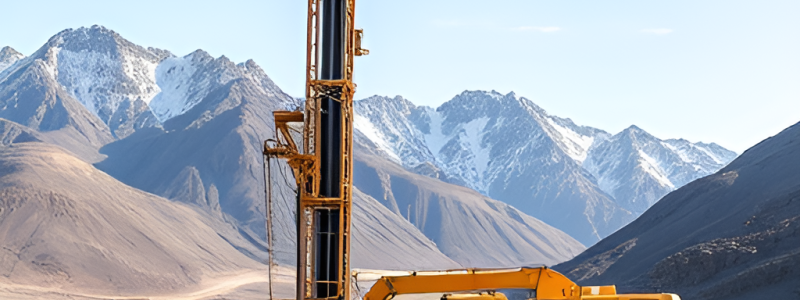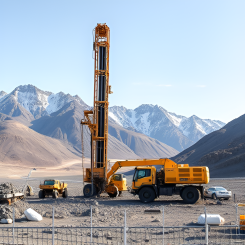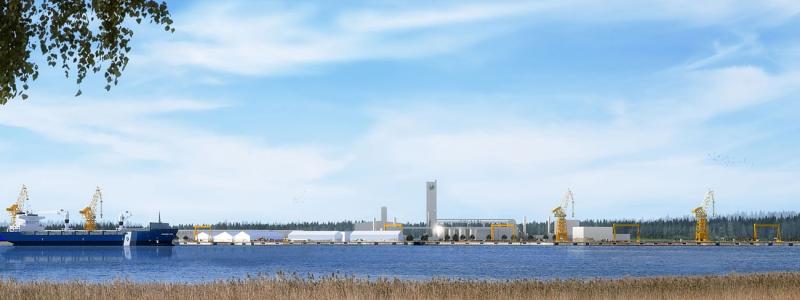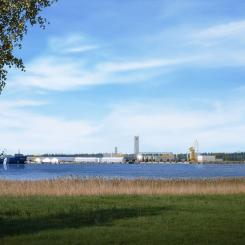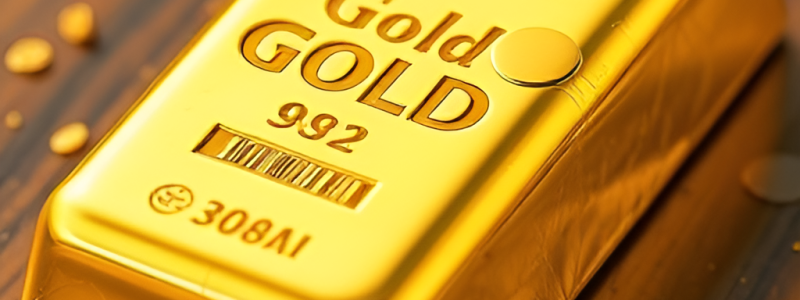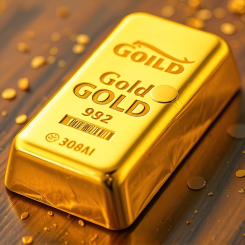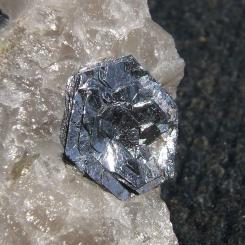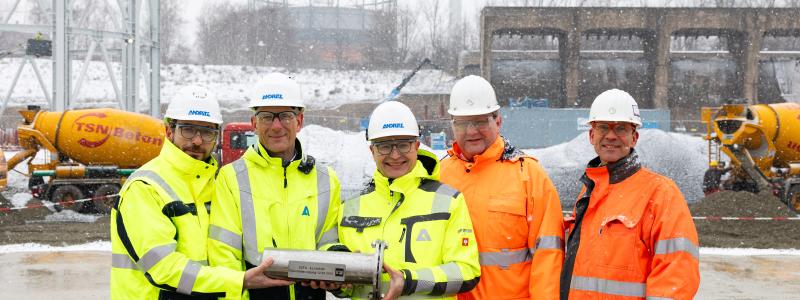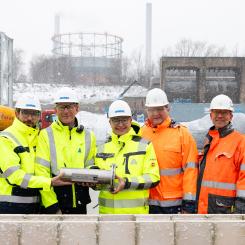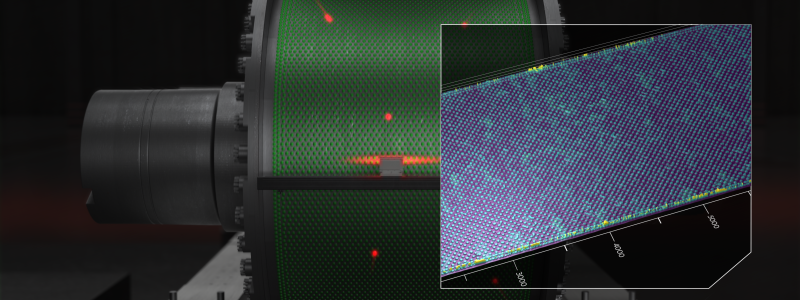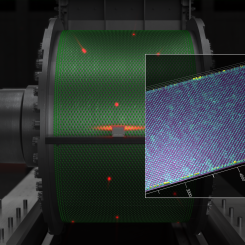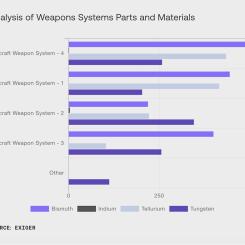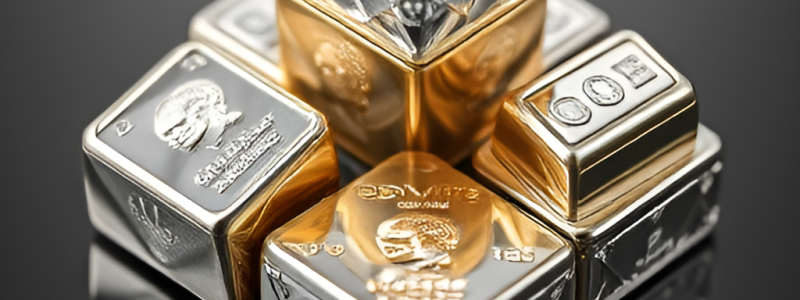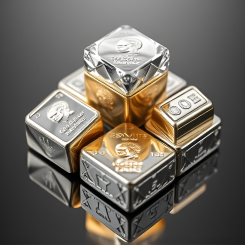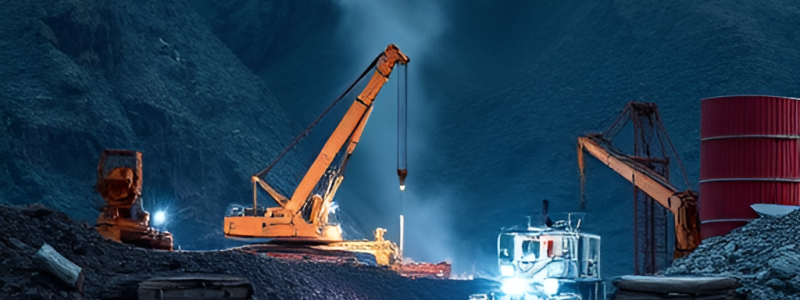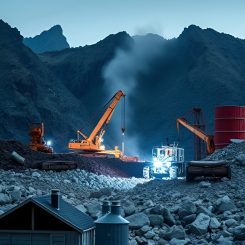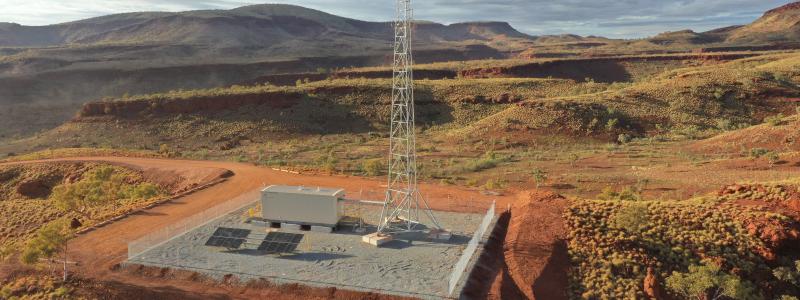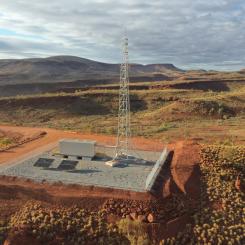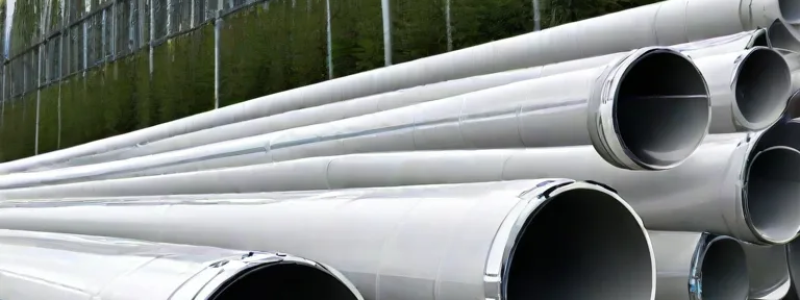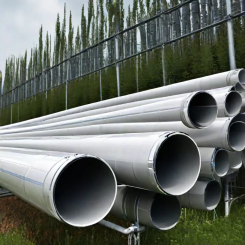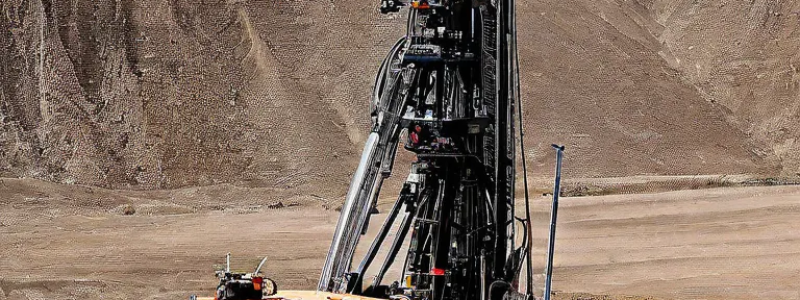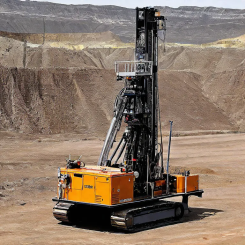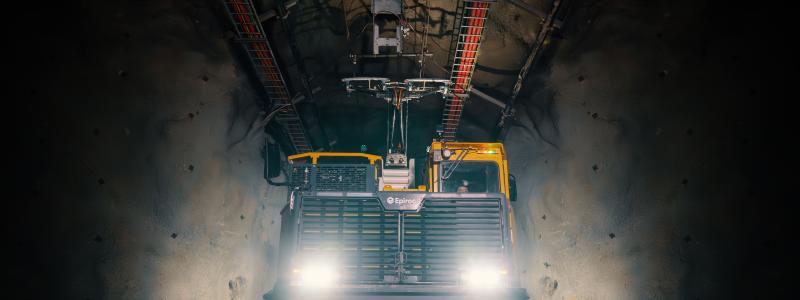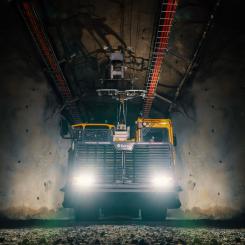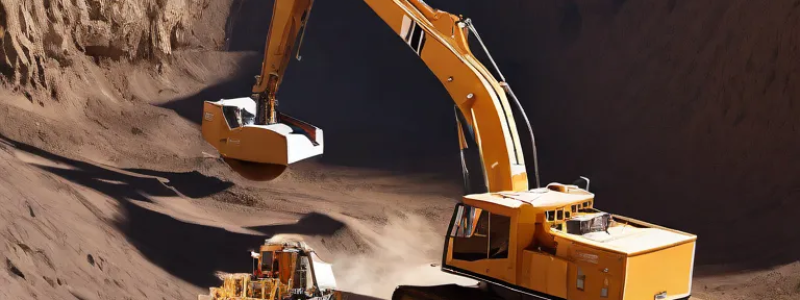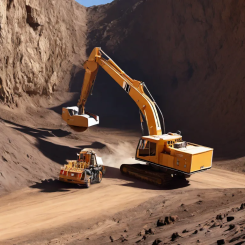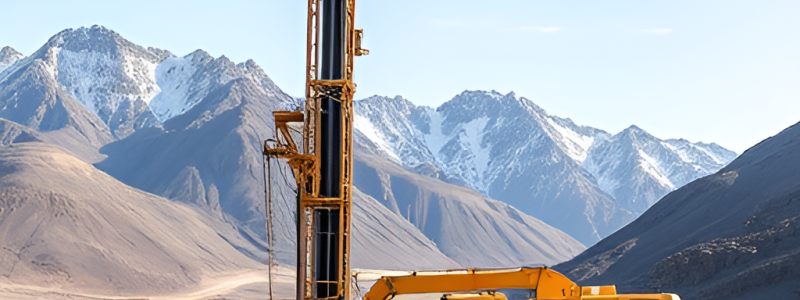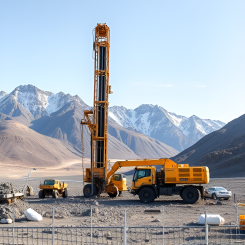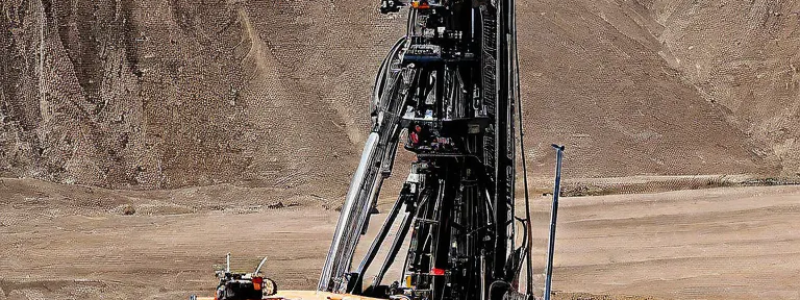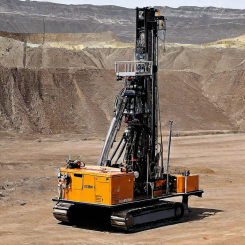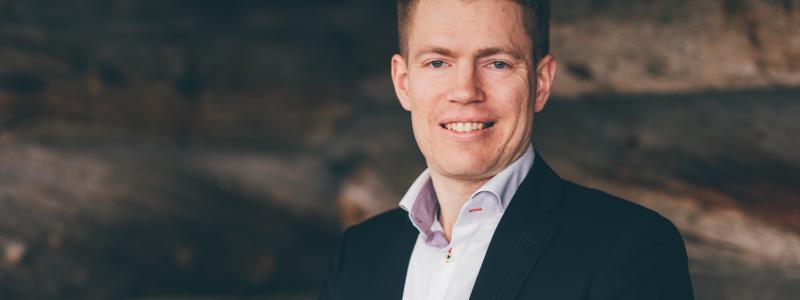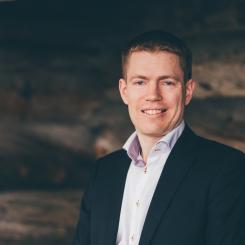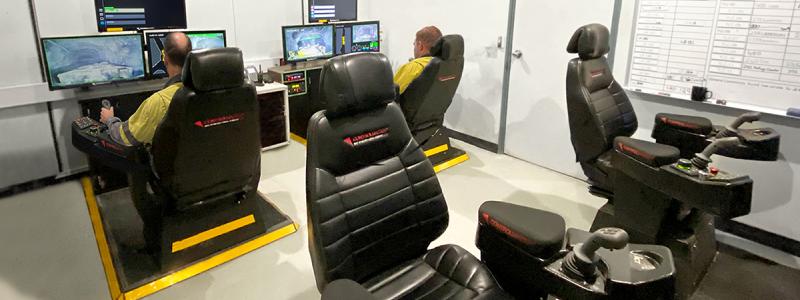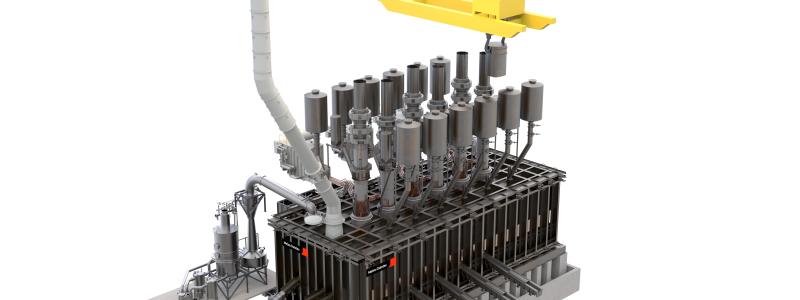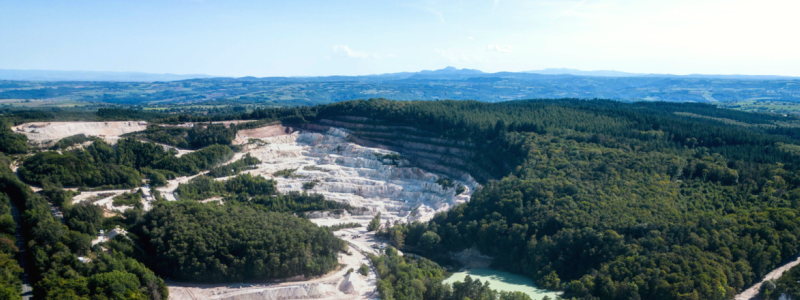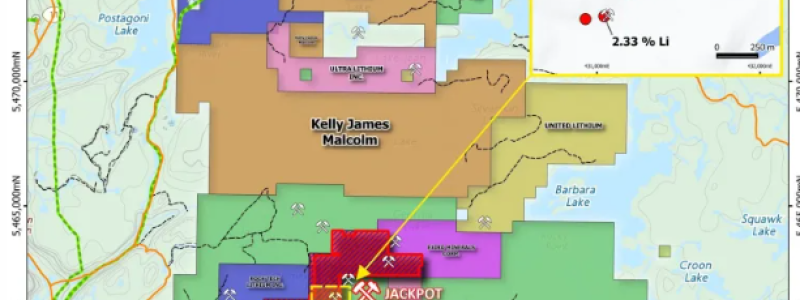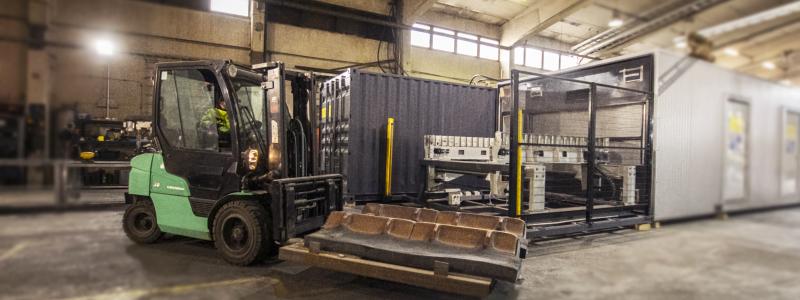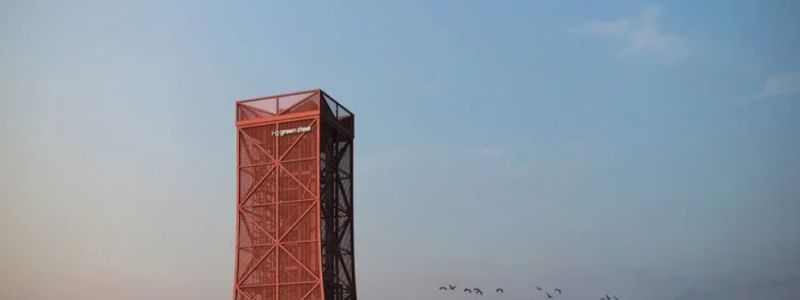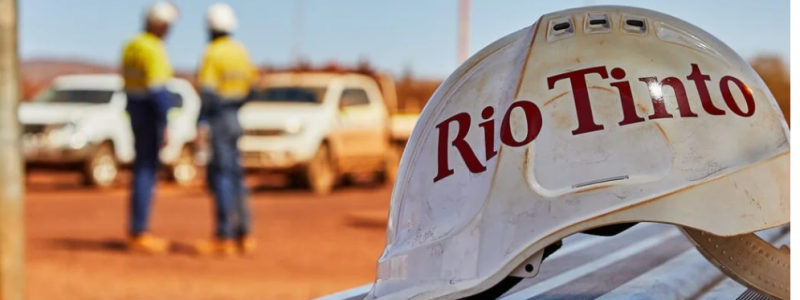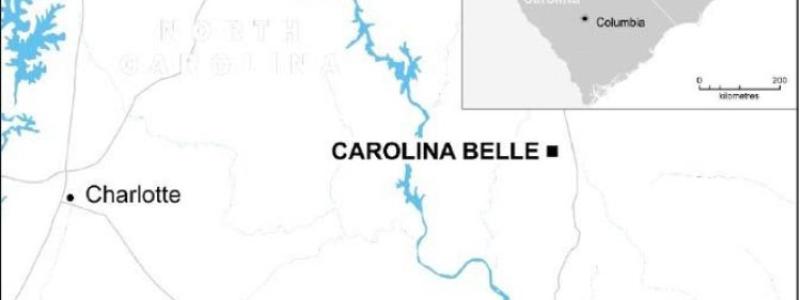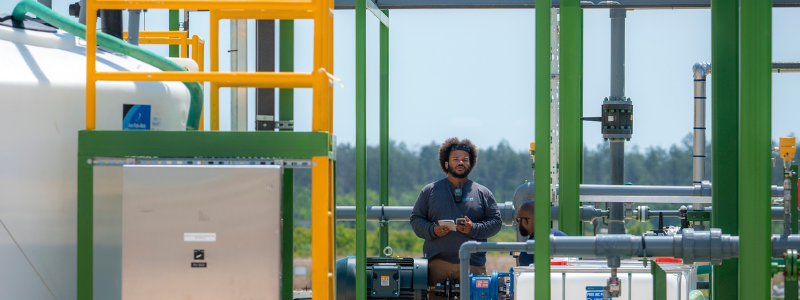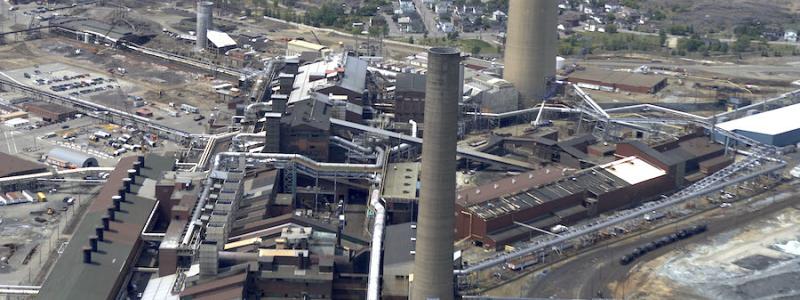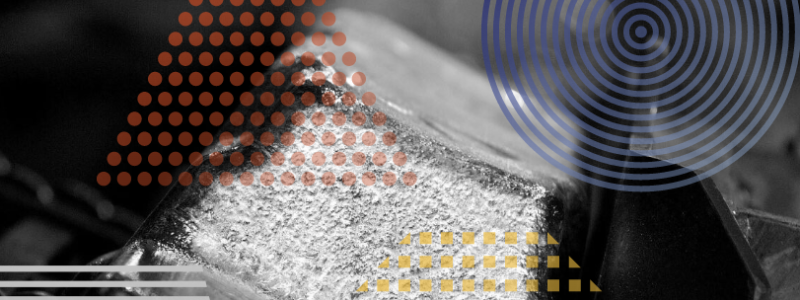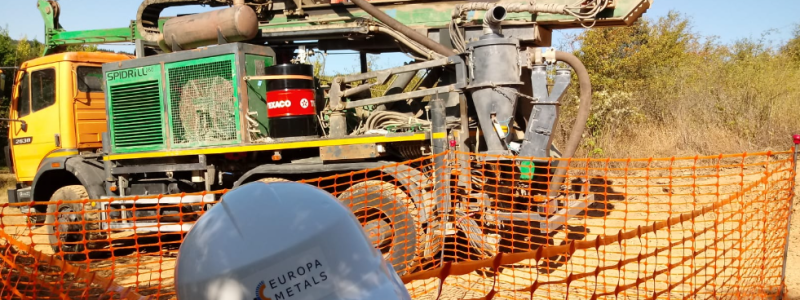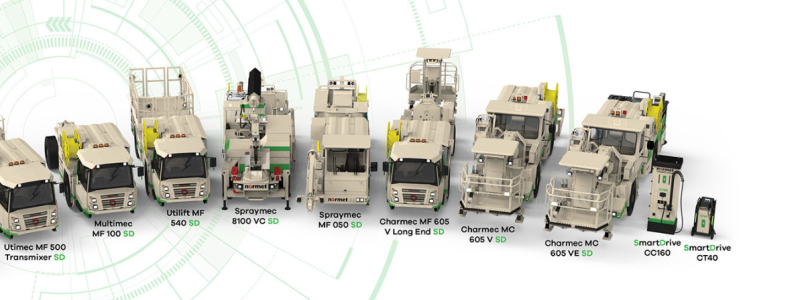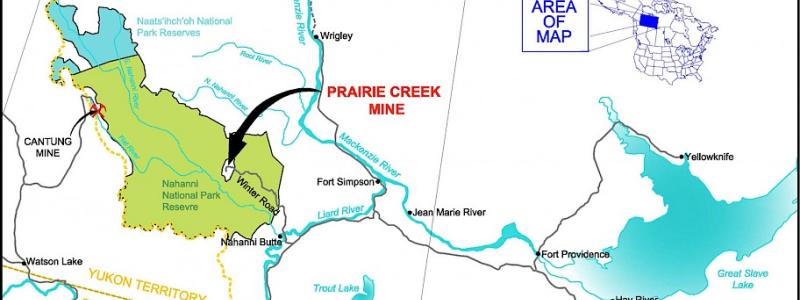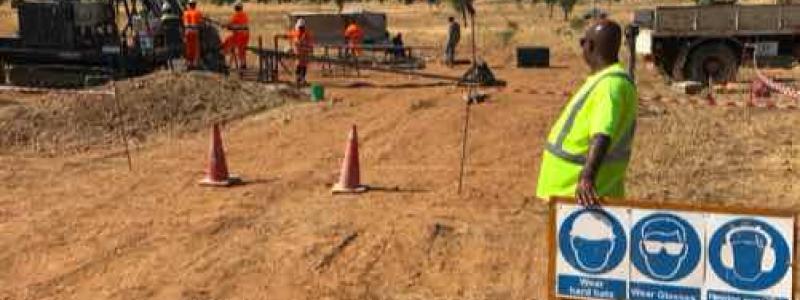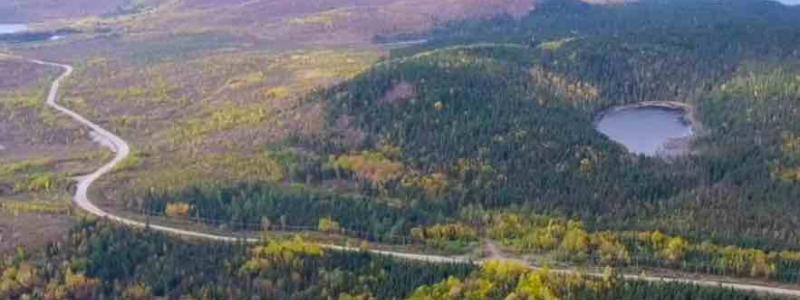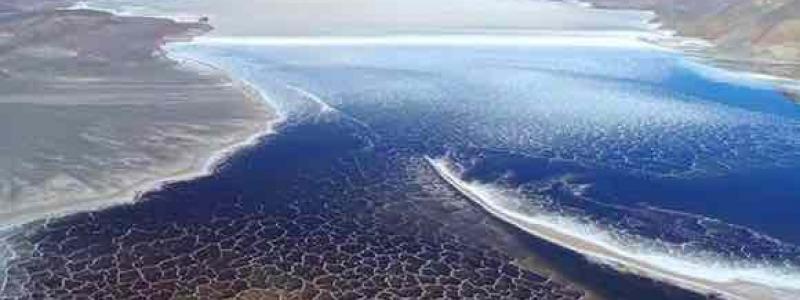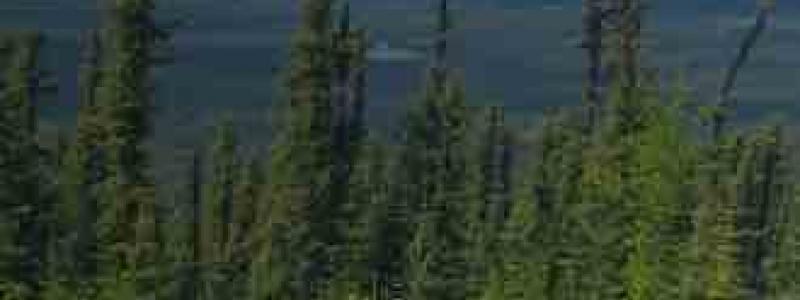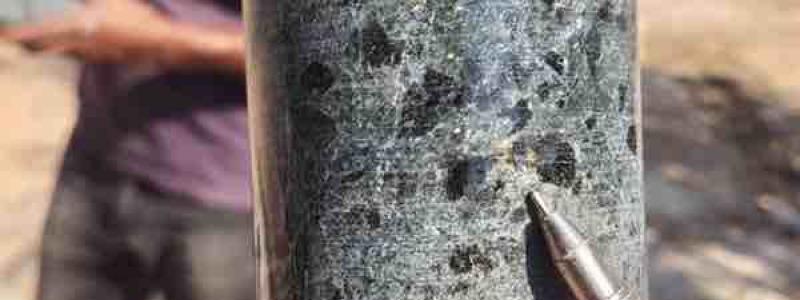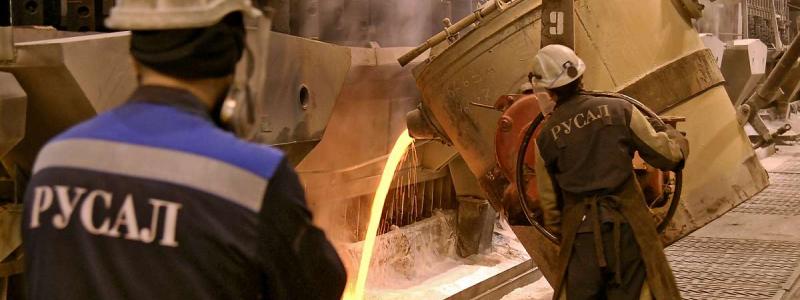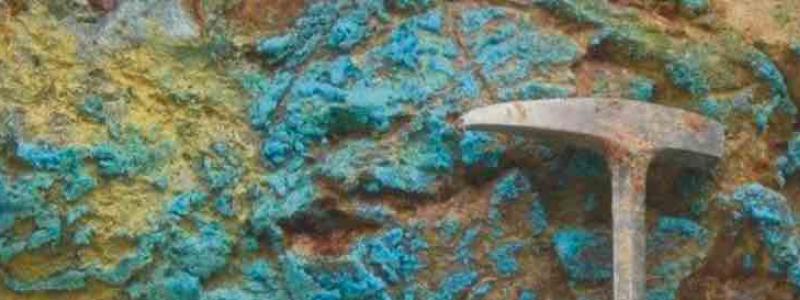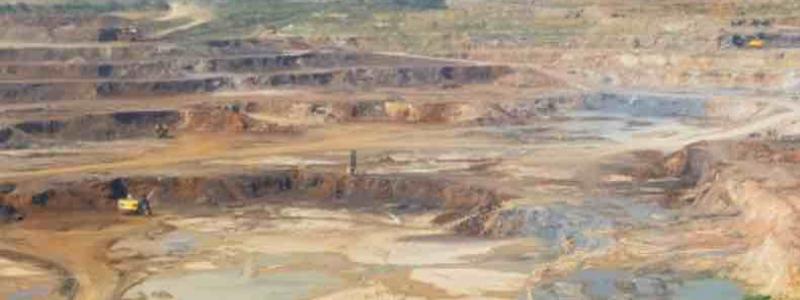The Finnish Geological Research Center (GTK) has completed a three-year-long project that developed methods for the management of extraction waste, methods for research into extraction waste and environmental practice. With the tools developed, it is possible to reduce the amount of extractive waste, especially harmful waste, and to simulate the environmental consequences of the extraction waste.
Management of extraction waste is one of the biggest challenges in a sustainable mining operation. Every year, large amounts of extraction waste occur and they can cause long-term harmful environmental impacts. Waste management is particularly demanding in metal ore mines where the waste contains environmentally harmful minerals and metals.
It is often possible to extract only a small part of the rock that is broken. The majority is stored as mineral waste on the side tips of the mining area. Storage of extractive waste requires expensive constructions. In addition, some of the material stored on side tippers can be recovered at a land plant in the mining area or as a raw material in any other industry.
An increasing proportion of the waste is recycled
In the project KaiHaMe, tools were developed to reduce the amount of hazardous waste and thereby increase the raw material value of stone materials that are mined, reduce the environmental consequences of the side tips for extraction waste and promote sustainable mining activities. The tools were a model for optimizing extraction waste, a reduction of the waste's harmfulness through various enrichment methods and various methods for research into the long-term behaviour of the waste. Extraction of waste from gold and base metal mines was a special subject for research.
Based on the model for optimizing extraction waste that was developed in the project, the quality of waste can be processed and optimized as part of the enrichment tests immediately after the operation has started. The model enables an increasingly comprehensive raw material analysis, whereby it is possible to separate from a waste a larger amount of waste suitable for recycling or waste which is more inert to the properties. A test of how the model works has been done by designing gold-copper ore in Kopsa.
The enrichment tests focused on reducing the amount of harmful arsenic and sulphide minerals in the waste without risking access to gold and copper. Based on the results, by adjusting the enrichment process it was possible to process the waste properties so that most of the waste that was formed was better in terms of the environmental efficiency of the waste and the amount of harmful waste could be reduced. The adjustment of the environmental effects of the waste was found to have positive effects also on the quality of the process water.
Assessments of the extraction waste's environmental impact and of preventing such consequences through simulation
In order to promote the assessment of the extraction waste's long-term behaviour, the project investigated how different laboratory methods that predict long-term behaviour worked. In addition, the suitability of field lysimeters for research into long-term behaviour was tested. In addition, a reactive migration modelling was used to predict the quality of water from waste piles and to simulate how different blocking solutions, such as cover structures, affected the water quality in the long term.
The results showed that mineralogical analyzes and lysimetric tests in addition to conventional test methods provide valuable additional information that can be used to predict the long-term behaviour of the extraction waste. In addition, the modelling can simulate what environmental consequences waste piles stored in mining areas are waiting for and in what way the consequences can be prevented.
The project has been funded by the European Regional Development Fund (ERDF), Geological Research Center, Boliden Kevitsa Mining Ltd, FQM Altona Mining, Kemira Oyj and Endomines Oy.
GTK includes the new tools in its service offering. The most important results of the project have been gathered for the final report on the project.

